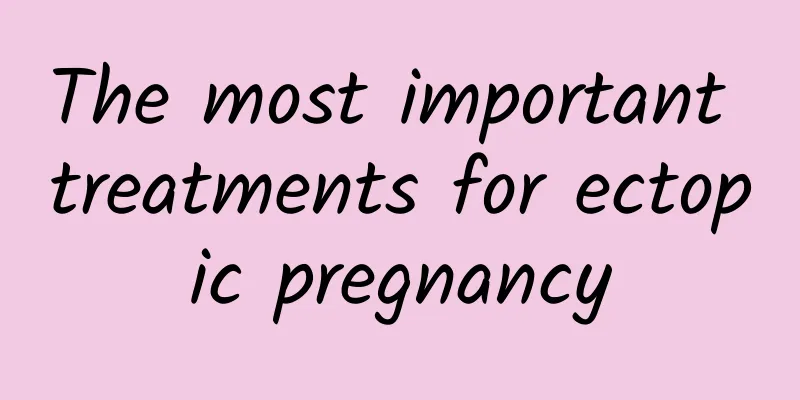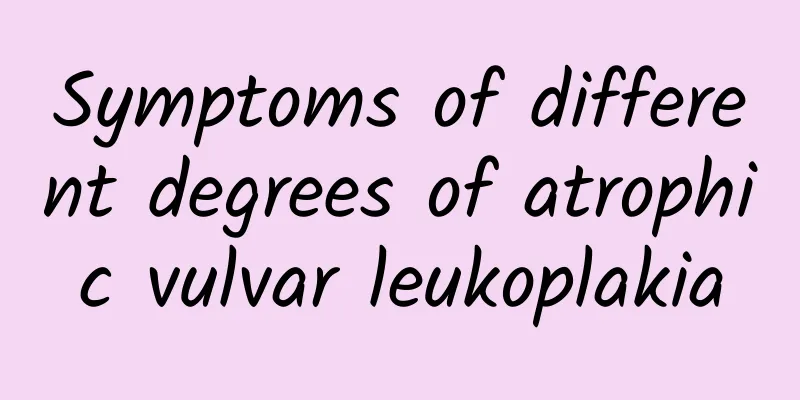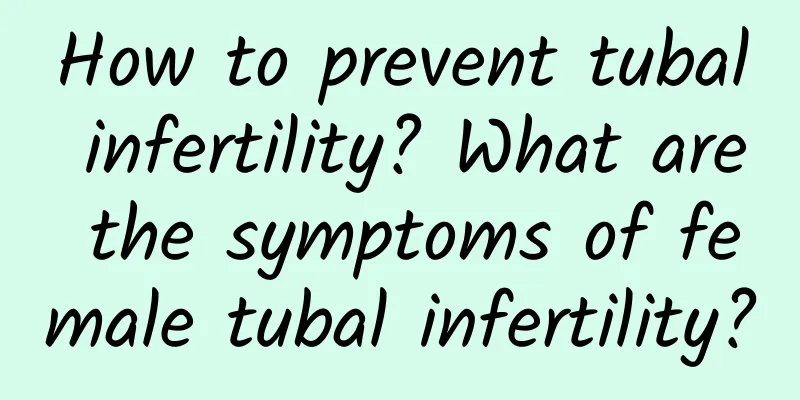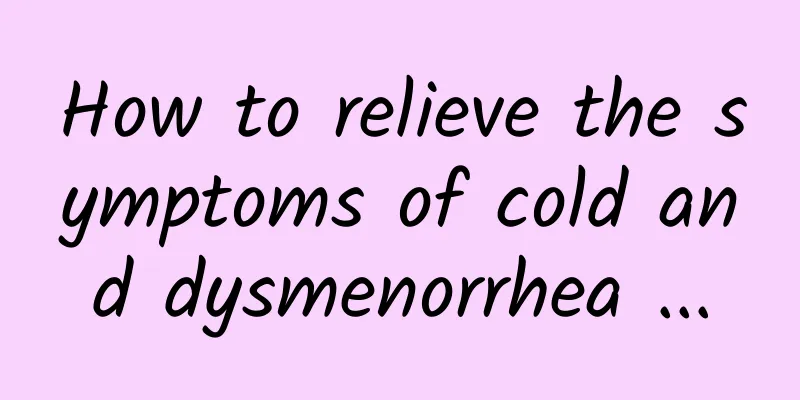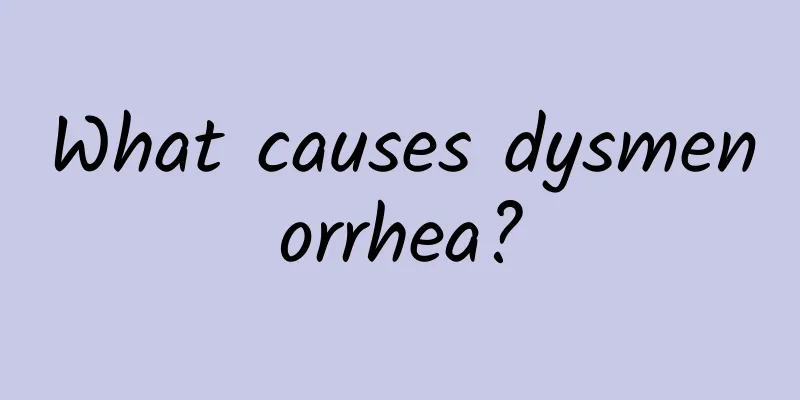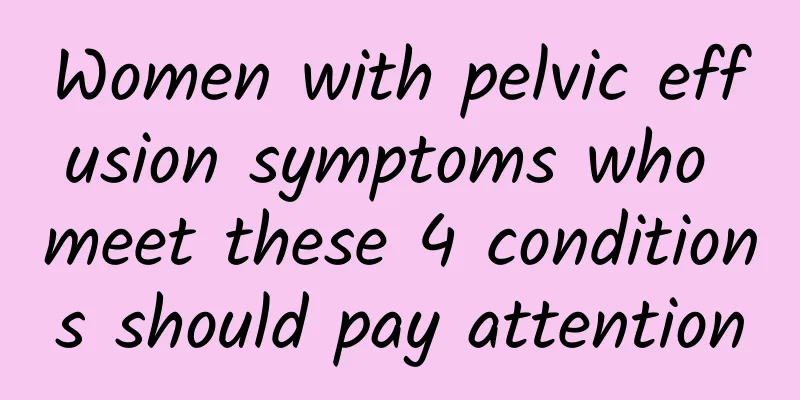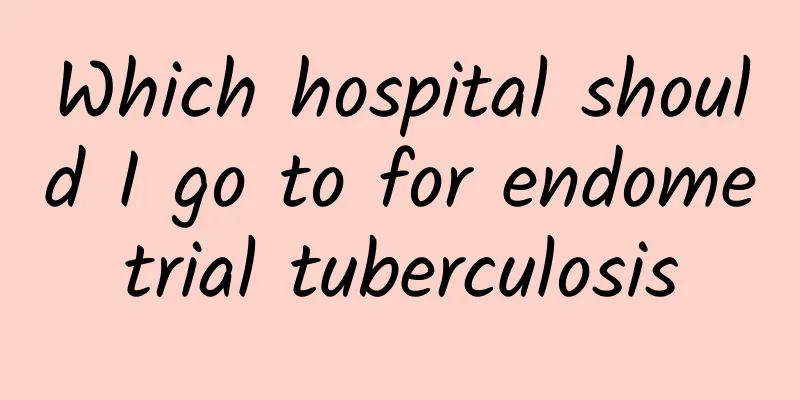What is the best way to treat uterine fibroids? Is ultrasound treatment really effective for uterine fibroids?
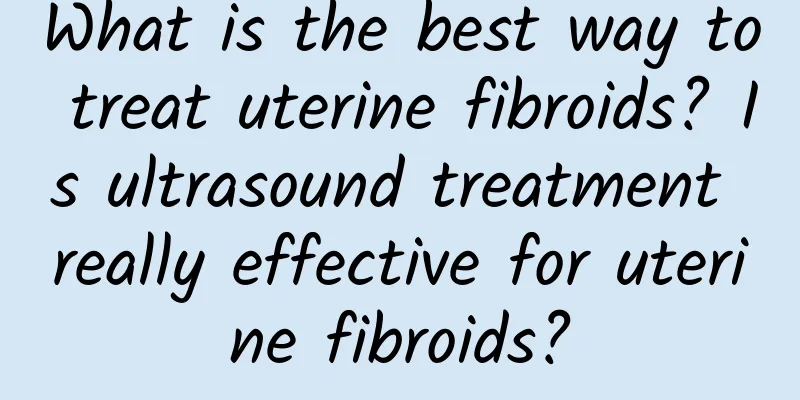
|
Uterine fibroids are a common benign gynecological tumor, usually manifested by irregular menstruation, leucorrhea, lower abdominal pressure, etc. The best treatment for the disease should depend on the patient's condition. Mild patients can use expectant treatment, while severe patients require drug treatment, surgical treatment or ultrasound treatment. Expectant treatment is a clinically referred to follow-up observation, which does not require any medication or other treatment methods. Gynecological internal examination is performed every 3 months, and B-ultrasound examination is performed. It is mainly suitable for patients over 40 to 50 years old, who are beginning to experience menopause and mild clinical symptoms. In addition, this expectant treatment can also be selected for young patients who are unmarried or childless, have small fibroids, and have no clinical symptoms. Drug treatment is relatively conservative and is mainly suitable for women with fertility needs and mild fibroid symptoms. If the patient is objectively unsuitable for or very reluctant to undergo surgery, drug treatment can also be performed. It is best to perform an endometrial curettage before treatment, which can not only stop bleeding but also help obtain first-hand data on the disease. Drug treatment can usually only inhibit the growth rate of fibroids and relieve symptoms, but cannot fundamentally solve the problem. Therefore, if drug treatment is not ideal, surgical treatment can be considered. There are two methods of surgical treatment, hysterectomy and myomectomy. For patients with large fibroids, severe symptoms, ineffective conservative treatment or malignant diseases, hysterectomy is best. For women under 45 years old, myomectomy is best to preserve the uterus. Because premature hysterectomy can easily cause women to age prematurely. Ultrasound therapy uses the permeability of ultrasound to concentrate energy to a sufficient intensity, achieve instantaneous high temperature, destroy the target tissue, and manifest as coagulative necrosis in histopathology, thereby achieving the purpose of destroying the lesion. It is suitable for uterine fibroids with a clear diagnosis, excluding uterine sarcoma, other uterine lesions and non-benign cervical lesions. The treatment methods for uterine fibroids include expected treatment, drug therapy, surgical treatment and ultrasound therapy. The best treatment method is determined by the patient's own situation. Patients should go to regular hospitals for treatment, do not listen to various exaggerated advertisements, and use improper treatment methods to avoid delaying the disease or causing excessive treatment. |
<<: How to treat giant uterine fibroids? The harm of giant uterine fibroids
>>: How to treat uterine fibroids? Surgical treatment of uterine fibroids
Recommend
How many years does it take for a girl's menstruation to become regular?
It usually takes 5 to 7 years for a girl's me...
Kang Kang lost 7 kg by taking a sauna bath and getting rid of his fat belly
46-year-old Kang Kang attended Ella's wedding...
What does uterine fibroid nodule mean? Is uterine nodule considered to be fibroid?
What does uterine fibroid nodule mean? Is uterine...
He is the key culprit for catching colds and aging! Apples and green tea are full of phytochemicals, which help to fight oxidation and boost immunity.
Why am I aging so quickly recently, with my skin ...
Eat ice to cool off but get fatter? This ingredient is super low in calories!
The weather is so hot. If you don’t have some ice...
Why is it dangerous for girls to have uterine fibroids?
Why do girls have uterine fibroids? Is it dangero...
Things You Don't Know About Grapefruit and Internal Environmental Protection
Time flies, and the Mid-Autumn Festival is here a...
Can vulvar leukoplakia be cured?
Can vulvar leukoplakia be cured? Vulvar leukoplak...
Is there a best time for abortion? 2 months or 3 months?
There are no plans to have children, but suddenly...
What to put in chicken soup with uterine fibroids? Five kinds of soups for patients with uterine fibroids
What should I put in chicken soup with uterine fi...
"Run" to France to drink red wine! ——Registration
When I ran for the first time in 2013, whether it...
What are the common symptoms of miscarriage?
Nowadays, social ideas are becoming more and more...
What are the signs of hyperprolactinemia?
Hyperprolactinemia is the most common pituitary d...
Is it not okay to overwork when you have pelvic inflammatory disease?
Patients with pelvic inflammatory disease should ...
Can amenorrhea be cured?
Due to family economic and psychological reasons,...
